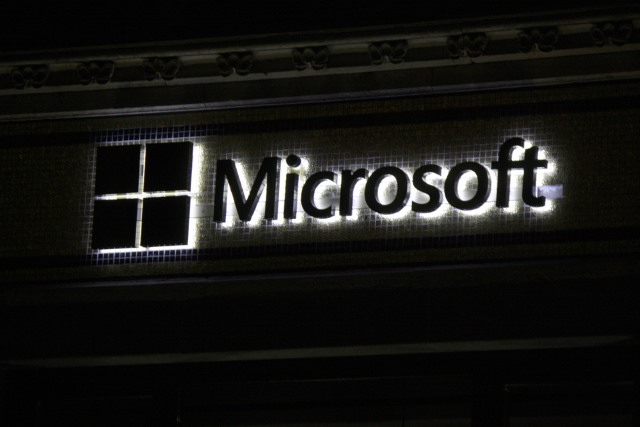
Microsoft using India as a testing ground for new Android dialer app
Microsoft continues to show that it is interested in mobile platforms other than its own. The company has placed an increasing importance on iOS and Android, and new reports reveal that the Skype team has developed a new Android dialer app that is currently destined for India.
As the app comes from the Skype team, it seems reasonable to assume that Skype integration is to be expected -- blurring the boundaries between cellular and web-based calls. India is a sensible testing ground for such an app, but it's likely that it will also spread globally as well as to other platforms.

Windows apps on Android will soon be a reality
If you have an iPhone, you're stuck with running iOS apps; if you have an Android phone, you're stuck with Android apps. At least that used to be the case. For desktop platforms such as OS X and Linux, tools and emulators exist that make it possible to run software designed for a different platform. CodeWeavers produce CrossOver which enables PC games and applications to run on non-PC platforms.
At the moment, CrossOver is available for Mac and Linux, but there are plans to bring the tool to Android. This means that, ultimately, it should be possible to run Windows software on an Android phone or tablet.

Will my phone get Android 6.0 Marshmallow?
With the release of Marshmallow (Android 6.0) the usual question rears its head. It's the eternal question that Android users ask themselves every time Google releases a new version of its mobile operating system: will my phone get the upgrade? If you have a Nexus device, you are probably in luck -- unless it's really old, of course -- but what about everyone else?
Unlike Apple's iPhone, which has a very long support lifecycle when it comes to iOS upgrades, Android is famous for its fragmentation. Marshmallow may have been released, but it's down to individual handset manufacturers and carriers to push out the updates. So... is your handset in line for the upgrade? Here's what we know so far.

YouTube Kids is a friendly, safe(ish) video browser
YouTube can be a great resource for young children, but there’s also a vast amount of adult content that you probably won’t want them to see.
The regular YouTube app and even the website can place some limits on what you access (Manage Subscriptions > Restricted Mode > On), but if that’s not enough then you might like to try Google’s official YouTube Kids app for Android.

Russia orders Google to unbundle its apps on Android
After three weeks of discussion over the punishment for Google, Russian Federal Anti-Monopoly Service has ordered the company to unbundle applications on Android.
The complaint, originally filed by Yandex, asked for a change to Google’s pre-installation of apps. Instead of Google deciding what apps should and shouldn’t be on a mobile, the manufacturer will be able to pick and choose from a variety of services.
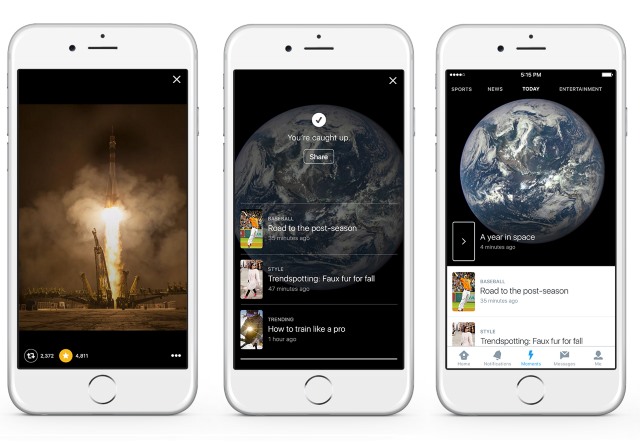
Twitter launches Moments to help bring tweets to the masses
If you're a Twitter user, you undoubtedly love it. If you're not, you probably either hate it, or find it confusing. Today Twitter launches Moments in a bid to make itself more appealing to beginners by helping to provide a gentle step up into the crazy world of tweets, and by bringing context to timelines.
Times they are a-changing at Twitter with Jack Dorsey now the fulltime CEO, and the prospect of curated content from reputable sources could be what is needed to take things to the next level. Part of the problem with Twitter is the sheer volume of content that is out there -- and it is generated very quickly; for newbies, it can be completely overwhelming. Moments is an attempt to cut through the crap and present news and stories in a meaningful and accessible way.
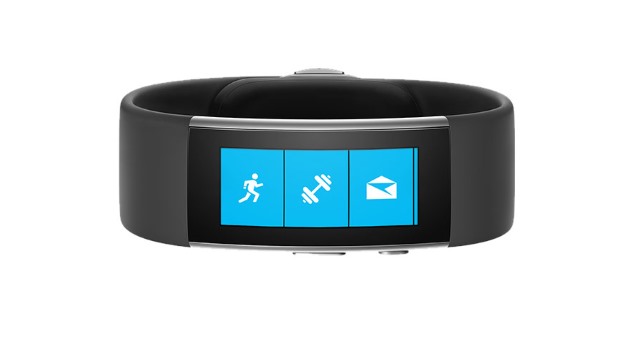
The new Microsoft Band is (much) better-looking and has two-day battery life
Microsoft appears to have learned from its mistakes. Its first wearable, the Microsoft Band was a cheap and cheerful affair -- although there wasn’t really all that much to be cheerful about in all honesty. Today the company unveiled the second edition of the Band, and the look is in line with the leaked images from a couple of weeks ago.
With the latest version of the Band, Microsoft has gone back to the drawing board and come up with a design that is sleek and stylish, and features a curved screen. The health and fitness tracker is nicely rounded, and the curved display is strengthened with Gorilla Glass 3. There are now no fewer than 11 built in sensors, including a new barometer for measuring altitude.
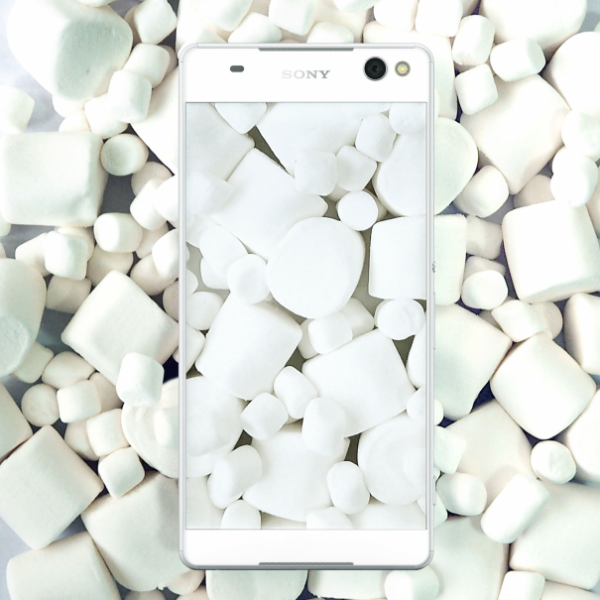
Sony reveals which Xperia devices will get Android 6.0 Marshmallow
Now that Google has officially introduced Android 6.0 Marshmallow, major manufacturers are starting to announce their upgrade plans. Motorola did it yesterday, and today Sony follows suit, revealing which of its Xperia devices will get the new operating system.
Seeing as Google just released the Android 6.0 Marshmallow code, it is too early to tell with exact certainty when every one of those smartphones and tablets will get its turn at receiving the software upgrade. But, Sony has to be commended for being so transparent this early in the game, something which other Android vendors should be doing as well.
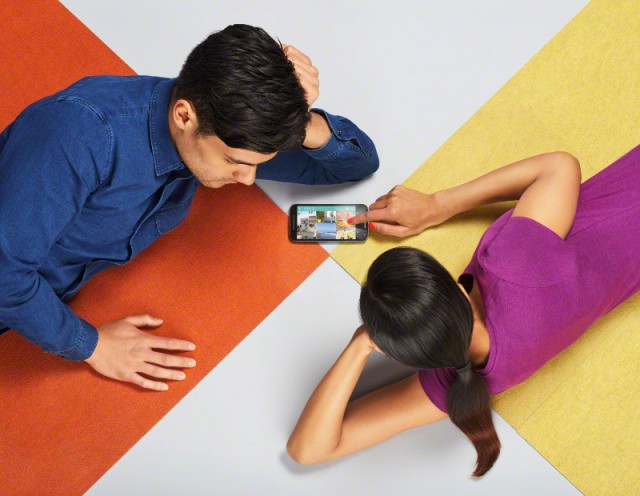
Here are the Motorola devices that will get Android 6.0 Marshmallow
Motorola has released a list of devices set to receive Android 6.0 Marshmallow, the latest update for Google’s mobile operating system, available today for manufacturers and carriers.
Android 6.0 Marshmallow brings a range of new features to smartphones, including Now on Tap, an intuitive addition to Google Now that understands the context of a search within an app; Android Pay, an NFC-based mobile payments service; and Doze Mode, a deep sleep mode for the phone that extends battery life significantly.
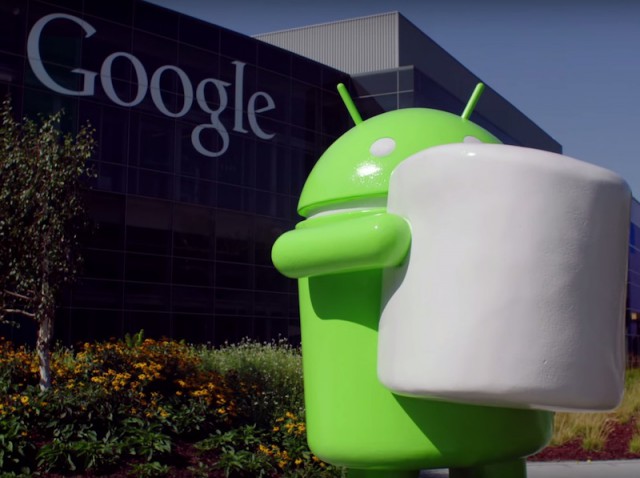
Android 6.0 Marshmallow: How to enable battery percentage and hide Quick Settings toggles
After upgrading to Android 6.0 Marshmallow on your Nexus device you have likely noticed that there is still no way to change how the battery information is displayed in the status bar or choose which Quick Settings toggles are shown in the notifications panel. Google continues to be quite limiting in this regard, which is a bit puzzling considering others like Samsung allow this kind of customization. (After all, who wouldn't like to see a battery percentage instead of a bar that is hard to interpret?)
Fortunately, both of those things can be easily customized without relying on third-party apps or rooting. All you need to do is enable System UI Tuner, a control panel that is included, but hidden by default, in the latest version of Android. Here is how you can do that.
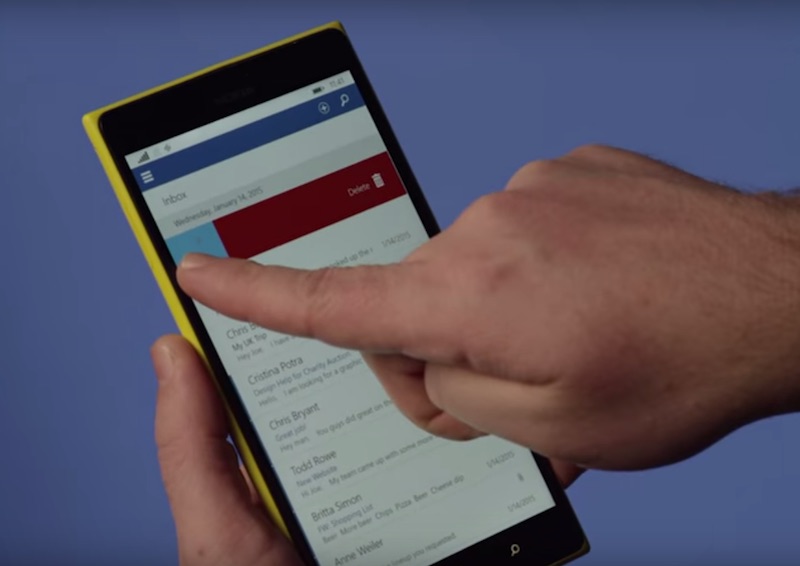
What if Google announces Play Store and Android apps support for Windows 10 Mobile devices?
Chatter on Twitter suggests that Google will be present at Microsoft's grand "Windows 10 Devices" event tomorrow, and it would announce Android apps support for Windows 10 Mobile devices. Bolstering the theory is the two company's seemingly improving relationship, the biggest testament of which was up on display when the two recently agreed to drop 20 patent lawsuits they had filed against each other. If it indeed true, what does it mean for Microsoft's mobile operating system? Revival.
It's no secret that Android and iOS are the two dominant mobile operating systems out there -- whether you like it or not. Windows Phone has been playing catch up ever since its inception -- quite literally as Microsoft was late to arrive in the mobile operating system party. Perhaps it didn't get the memo. This race left the company's mobile operating system non-beneficial for mobile developers to make apps for it. And how can you blame them? Windows Phone had less than 5 percent of market share. So a majority of these developers never made apps for Windows Phone.

How to Install Android 6.0 Marshmallow on Nexus 5, 6, 7, 9 using Windows PC or Mac
Google has released Android 6.0 Marshmallow, the latest iteration of its mobile operating system. The update will be rolled out over the air for a number of handsets starting from Nexus 6, Nexus 5, Nexus 7 (2013), and Nexus 9, but you can speed up the process by using the factory images.
As you might be familiar, factory images need to be installed on your device manually. In case you don't remember the procedure, here's how you can get the latest flavor of Android on your device.

Monthly Android update guarantee is 'unrealistic'
The widespread Stagefright vulnerability has lead Google and Samsung to announce plans for monthly Android updates, which would minimize the time it usually takes to fix security bugs in their distributions. LG has quickly followed suit with a similar pledge of its own, but, when asked if it will do the same, HTC has basically said "no".
HTC is among the few Android vendors that deliver major software updates in a timely fashion, so this comes as a bit of a surprise. HTC America president Jason Mackenzie says that such a commitment is "not realistic", pointing at carrier approvals as the main reason why it is extremely difficult to guarantee a monthly release schedule.

Is your Android device secure? Ask OPSWAT Gears
Back in February we checked out OPSWAT Gears, an interesting free tool for checking the security of PCs and Macs.
We had some reservations, but the package did a good job of identifying security issues on our test PCs, and a new Gears Android app brings some of the same features to your mobile devices.

Stagefright 2.0 vulnerability is here -- your Android device is probably at risk
Holy cow, Google, what the heck is going on here? Android should have been a Utopian-like Linux-based operating system that was secure and available to all. Unfortunately, the only things being made available to the masses are vulnerabilities. Quite frankly, the search giant is giving Linux a bad name.
When the Stagefright vulnerabilities were made public, it really underscored how broken the Android update problem is. Hell, people like me -- longtime Android users -- switched to iOS as a result. A lack of operating system updates from both manufacturers and cell providers means many users are forced to live with vulnerable devices -- not acceptable. Today, new vulnerabilities dubbed Stagefright 2.0 are revealed, and most Android devices -- since 1.0 of the operating system -- are now at risk.
